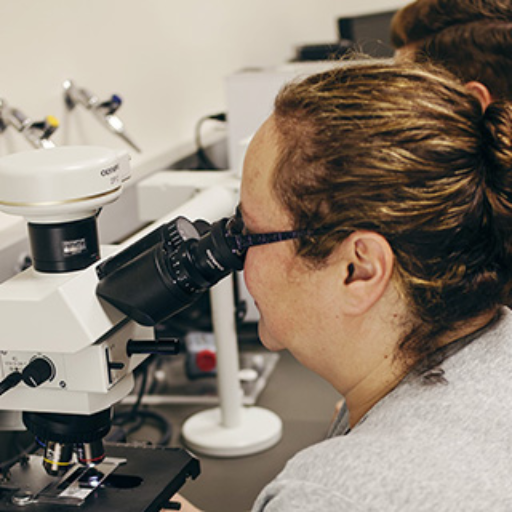Towards A Knockdown Therapy For Tauopathy

About the Research Project
Program
Award Type
Standard
Award Amount
$250,000
Active Dates
July 01, 2015 - June 30, 2018
Grant ID
A2015688S
Co-Principal Investigator(s)
Edgardo Rodriguez, PhD, University of Florida
Goals
We propose to do research using genetically modified mice carrying P301L mutation, a genetic alteration associated with the neurodegenerative disease of frontotemporal dementia (FTD). We will apply two techniques known as knock-down, which direct complementary RNA to the site of a specific mutation as a tool to block the altered protein. The other approach is to cut DNA at specific regions of tau protein, thus downregulating expression of tau protein, for the purpose of curing familial FTD. Since abnormal tau aggregation is associated with AD, as well as a number of other diseases, these tau reduction techniques conceivably could also benefit those disease populations.
Summary
Using a mouse model, we are developing a way to reduce the expression of the tau protein, which is associated with FTD and aggregates in Alzheimer’s disease (AD). We are using genetically modified mice that express the human tau gene with a mutation associated with FTD. We believe that some cases of FTD could be treated if the tau protein could be reduced. In our mouse model, we are applying two techniques known as tau knock-down, where complementary RNA is directed to specific sites of the mutation as a tool to block the altered protein. The other approach will cut DNA at specific regions of tau protein for the purpose of expressing less tau. Once we establish the tool to knockdown tau, we can then use it to assess how the features of both FTD and AD, as observed in the mouse model, are reduced or prevented after tau knockdown.
There are two unique aspects to this research. First, we use a newly-developed mouse model that utilizes reporters that are bioluminescent (glowing) to allow us to visualize tau expression in vivo. This model allows us to monitor tau levels over long periods and make real-time adjustments to the therapy. Second, we use “state-of-art” tau knockdown techniques. These techniques are complementary and reflect the latest technology tools for gene silencing (knockdown). Importantly, using the bioluminescence approach to monitoring tau expression allows us to directly screen our therapies in vivo, saving time and giving us much better prediction of efficacy in a living organisms. If successful, tau knockdown could be used in humans in several ways. The most obvious one would be in individuals that are at risk for FTD because they carry a mutant form of tau. Since abnormal tau aggregation is associated with AD, as well as a number of other diseases, reduction of tau may also be beneficial for those individuals.
Grants
Related Grants
Alzheimer's Disease Research
Partnership with Molecular Neurodegeneration Open Access Journal
Active Dates
July 01, 2010 - June 30, 2015

Principal Investigator
Guojun Bu, PhD
Partnership with Molecular Neurodegeneration Open Access Journal
Active Dates
July 01, 2010 - June 30, 2015

Principal Investigator
Guojun Bu, PhD
Alzheimer's Disease Research
Identifying Women-Specific and Men-Specific Risk Factors for Alzheimer’s Disease
Active Dates
July 01, 2022 - June 30, 2024

Principal Investigator
Gael Chetelat, PhD
Identifying Women-Specific and Men-Specific Risk Factors for Alzheimer’s Disease
Active Dates
July 01, 2022 - June 30, 2024

Principal Investigator
Gael Chetelat, PhD
Alzheimer's Disease Research
Mitochondrial Prodrug to Treat Repeated Mild Traumatic Brain Injury
Active Dates
September 08, 2021 - December 31, 2023

Principal Investigator
Patrick Sullivan, PhD
Mitochondrial Prodrug to Treat Repeated Mild Traumatic Brain Injury
Active Dates
September 08, 2021 - December 31, 2023

Principal Investigator
Patrick Sullivan, PhD



